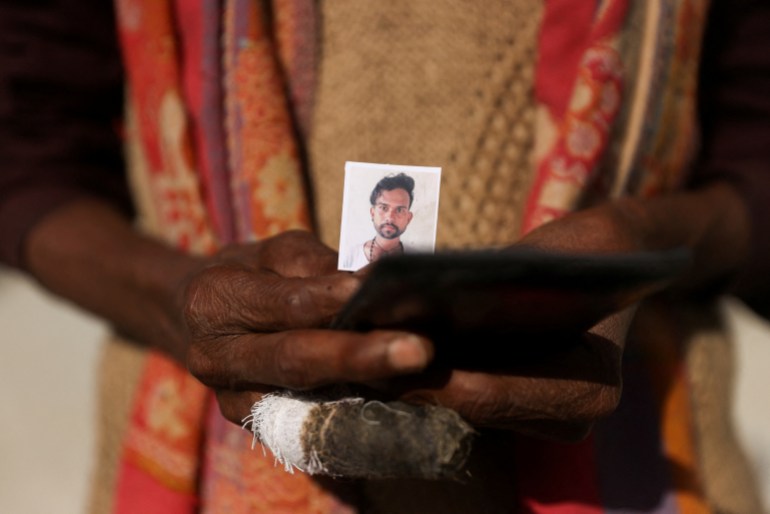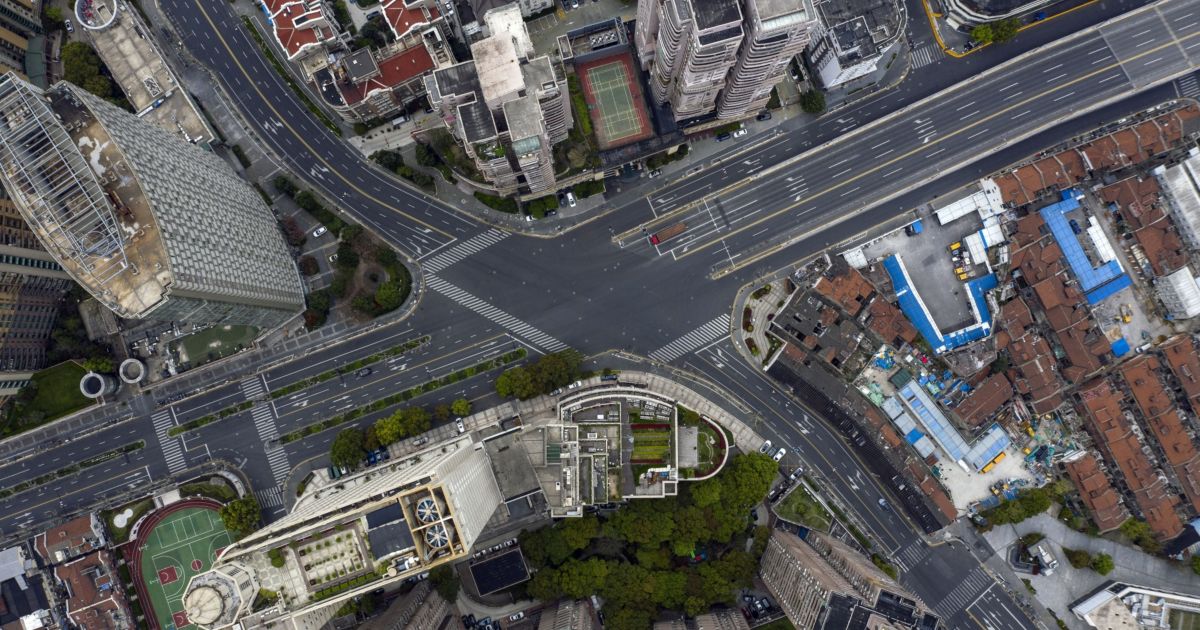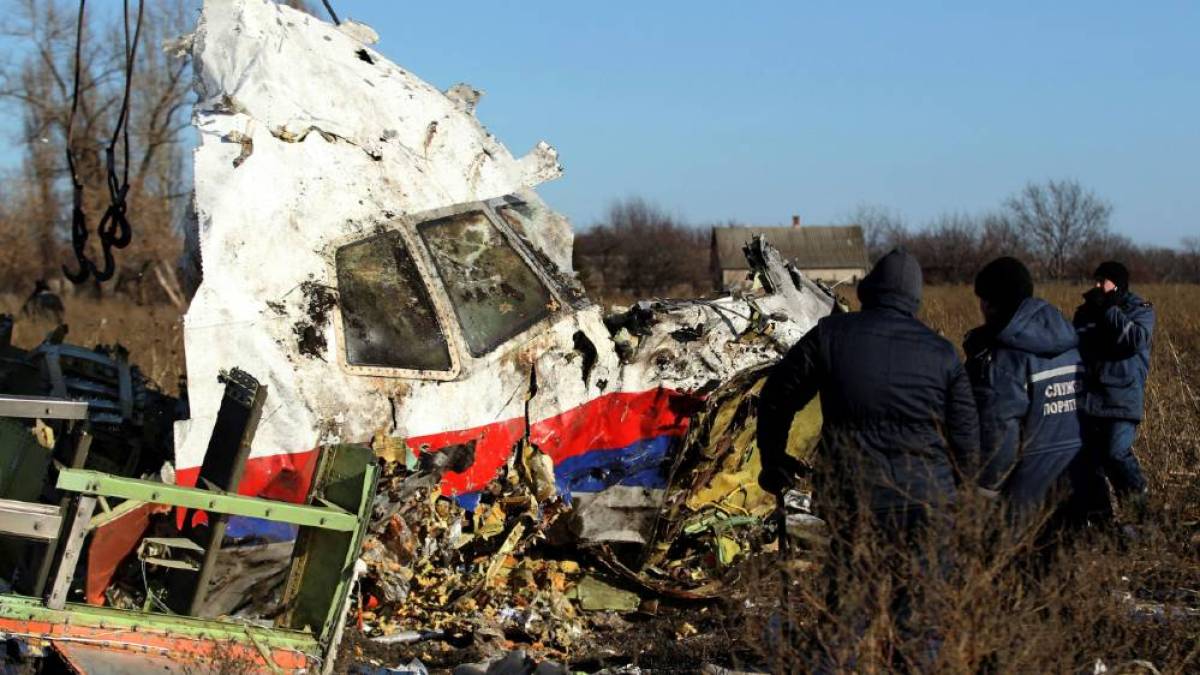India rescuers dig by hand to free 41 tunnel workers trapped for weeks
‘Rat miners’ to drill through a narrow pipe to pull out workers trapped in the Himalayan tunnel after high-powered machines fail.
Rescuers in India are preparing to dig by hand to reach 41 workers trapped in a collapsed road tunnel for 16 days, a rescue operation hit by repeated setbacks.
Military engineers plan to use a so-called “rat-hole mining” technique, digging by hand to clear the rocks and rubble over the remaining 9 metres (29 feet), with temperatures plummeting in the remote mountain location in the Himalayan state of Uttarakhand.
The men, low-wage workers from India’s poorest states, have been stuck in the 4.5km (3 miles) tunnel in Uttarakhand state since it collapsed on November 12.
The men have been getting food, water, light, oxygen and medicines through a pipe but efforts to dig a tunnel have run into a series of snags with machines.
Attempts to drill a tunnel horizontally through the debris trapping the men have been plagued by damage to machinery, and rescuers will resort to drilling by hand, after clearing away the broken equipment inside the narrow evacuation pipe.
The drilling from inside the pipe, which is 900mm (3 feet) wide, will be done by a team of six “rat miners” from central India, who officials described as “skilled workers”.
Rat mining is a primitive, hazardous and controversial method used in India mostly to remove coal deposits through narrow passages. The name comes from its resemblance to rats burrowing through narrow holes.
“Three of us will go inside the tunnel, one will do the drilling the other will collect muck and the third one will push the muck through the trolley,” Rakesh Rajput, one of the miners, told the Reuters news agency.
“We have been doing it for more than 10 years and there’s enough space for us. The 41 men are also labourers and we all want to bring them out,” he said.

Government and private agencies involved in the rescue have been pursuing other options. On Sunday, they opened another route to the men, aiming to drill a shaft straight down from the top of the mountain above.
By Monday afternoon, they had drilled 31 metres (102 feet) of the 86 metres (282 feet), officials said, adding that the focus remains on the horizontal route.
“Skilled labourers will do the manual drilling,” said Harpal Singh, a former head of state-run Border Roads Organisation. “This is a sure-shot way of making progress.”
Bad weather could complicate the rescue. Thunderstorms, hail and lower temperatures with a minimum of 9 degrees Celsius (48.2 degrees Fahrenheit) are forecast in the mountains.
“They are trained in working in every situation so that’s not a worry for us,” said Mahmood Ahmad, managing director of the NHIDCL company, which is building the tunnel.
Prime Minister Narendra Modi’s principal secretary, or chief of staff, PK Mishra visited the site and spoke to the trapped men through a communication link. He told them that “everyone is making efforts to bring all of you out as early as possible”.
The tunnel is part of the Char Dham Highway, one of Modi’s most ambitious projects, aimed at connecting four Hindu pilgrimage sites through 890km (553 miles) of roads.
Authorities have not said what caused the cave-in which trapped the men as they were nearing the end of their night shift but the region is prone to landslides, earthquakes and floods.



